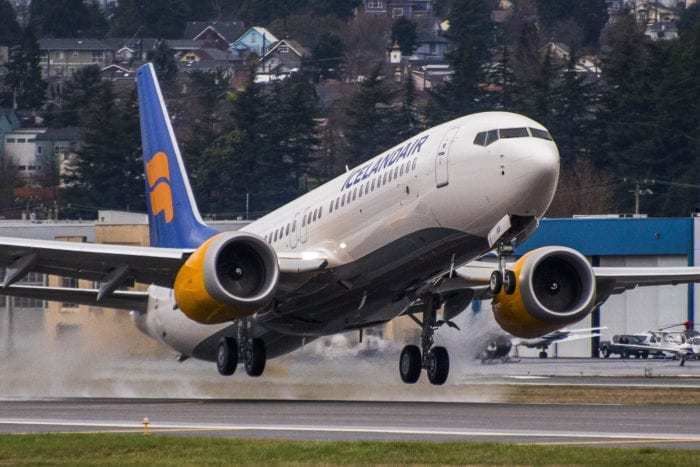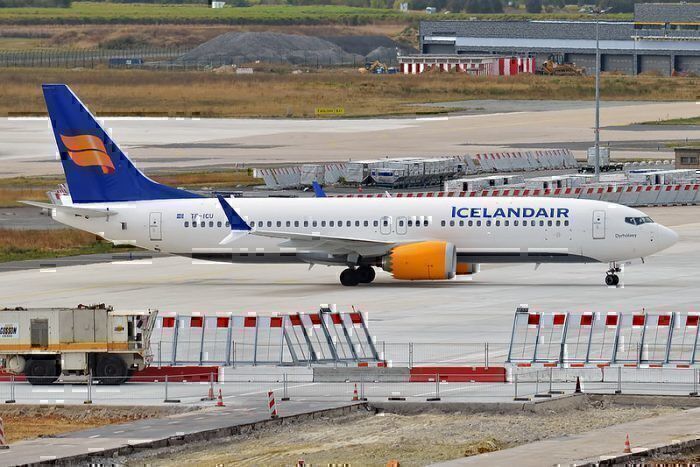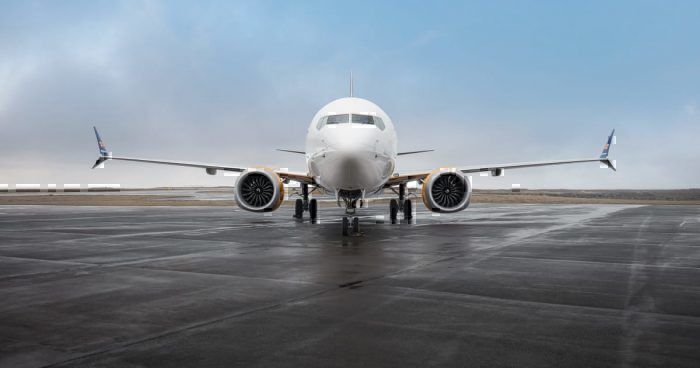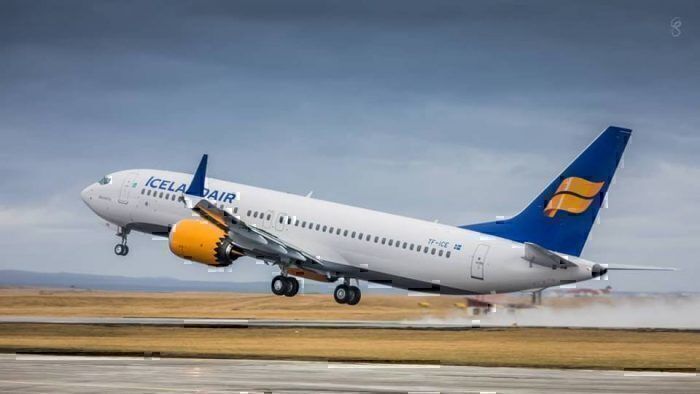The Reykjavík based Icelandair Group has lowered its full-year losses by removing the Boeing 737 MAX from its January and February 2020 schedule. By removing the Boeing 737 MAX from the first two months of 2020, it will allow the airline to defer the costs of the MAXs reintroduction into the next financial year.
Before making the decision on the aircraft reintroduction, Icelandair was predicting a loss of between $70-90 million. Now, having deferred the aircraft's return to service until March-April 2020, the Group predicts earnings before interest and taxes at a loss of between $35 and $55 million.
The deferred loss includes the MAX groundings costs
These figures include all the costs and financial impact the March 2019 grounding of the 737 MAX has had on the Nordic airline. Icelandair has now trimmed down its initial prediction of the impact, which it had estimated to be between $110 and $129 million for the current financial year.
This includes the financial impact arising from the grounding of its 737 MAX fleet, which it has trimmed to $110-120 million for this year.
According to FlightGlobal, the Icelandair Group is now saying that its prospects for the current year are “more favorable” than its previous forecast. In what may have come as unexpected good news, the Icelandic flag carrier is saying that its third-quarter results indicate performance on a par with the same time period last year.
Icelandair is doing better than expected
This is, of course, good news, as it shows the airline is doing better than expected. In particular, considering its six grounded 737 MAX which has left it needing to lease more planes.
Along with the better forecast, Icelandair is expecting an “improved performance” in the fourth quarter. This is largely due to the postponement of the costs involved in reintroducing the MAX back into service.
"The actions taken to mitigate the impact of the MAX suspension are starting to materialize," it adds.
It is not only the deferring of the MAX timetable that is lowering the company’s loss but the optimization of the route network and better ways of managing revenue.
Like other airlines that have been affected by the grounding of the 737 MAX following two deadly crashes, Icelandair is in talks with Boeing over compensation for the loss of the plane.
Icelandair was keen to point out to customers that, while they have now removed the Boeing 737 MAX from the January-February 2020 schedule, it will have little impact on already scheduled flights.
What will happen when Icelandair starts flying the 737 MAX again?
Currently, Icelandair just flew their 737 MAX aircraft for storage in Lleida, Spain to escape the harsh Icelandic winters that would be damaging for the grounded planes. At some point ahead of the aircraft's reintroduction into service, they will have to be flown back to Keflavík International Airport (KEF) and be prepared for operational duty.
This will also mean the rehiring of pilots qualified to fly the 737 MAX that they let go following the worldwide grounding.
These are just the first few hurdles that the airline has to tackle. As well as this, it could take some time for the flying public to trust the planes enough to travel in them again.
I wouldn’t be surprised to see some massive discount fares during the planes reintroduction to service. What do you think? Please let us know in the comments.




